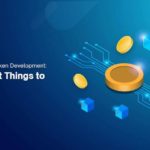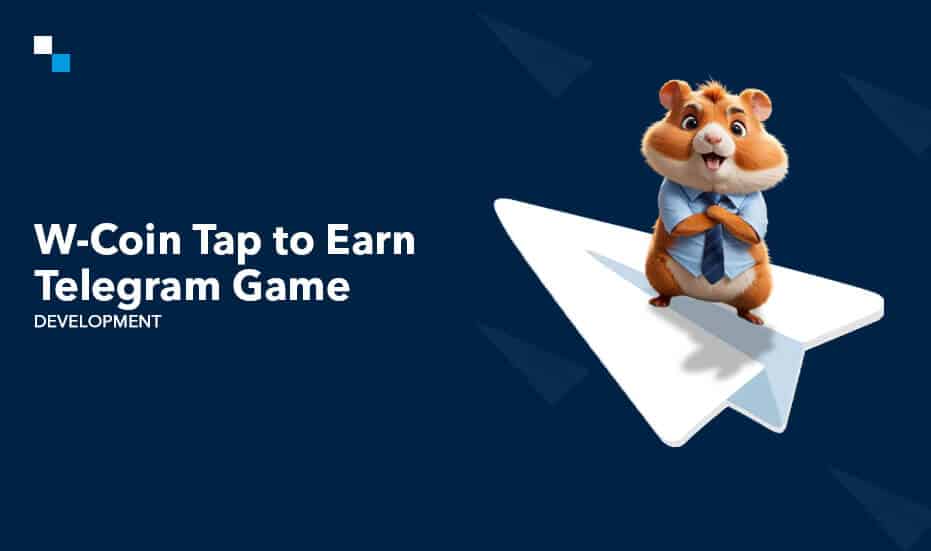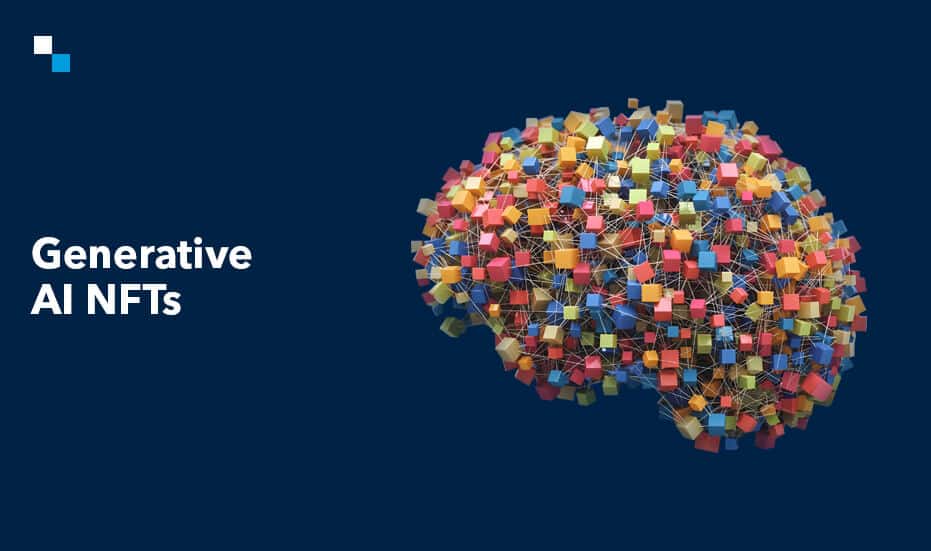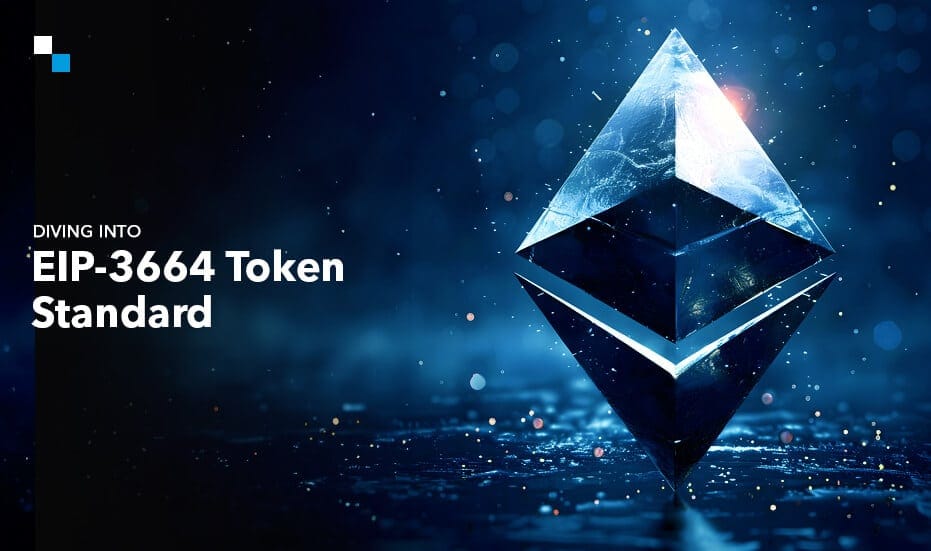
Tap into the DeFi Market with DeFi Staking Development
May 11, 2022
How to Create Your Deflationary Token
May 13, 2022Have you ever considered making cryptocurrencies or holding a large online art sale?
Presently, NFTs are the safest option. Primarily because NFT Software Development has made owning and personalizing digital artwork more enjoyable and gratifying. The latest Gartner report on blockchain says it is going to lead the digital transformation across industries.
Let’s explore how NFT Developers create NFTs, that eventually lead to massive business opportunities for crypto enthusiasts.
The NFT Glossary
Before we start understanding the processes and technologies used by NFT developers, let us first mark a few essential elements of the whole NFT game.
The Asset: The value you wish to tokenize on the blockchain. For example, music, artwork, photography, collectibles, etc. It is only necessary to tokenize an artifact that you lawfully hold. Otherwise, you may face a copyright infringement lawsuit.
The NFT framework: Several NFT marketplaces allow you to quickly mint your NFT using a template. Numerous blockchains provide the smart contracts needed to create NFTs.
Minting Overheads: A fee in cryptocurrency is required for the minting procedure. As a result, your selected NFT software will indicate the cryptocurrency used for payment. Minting costs are sometimes known as “gas fees” on the Ethereum network.
What process do NFT Developers follow while creating NFTs?
To understand how NFT developers mint non-fungible tokens, it is important for us to understand that there are different ways of achieving this goal. This guide serves to explain the engineering that makes a non-fungible token work.
To publish a unique individual token on a blockchain, NFT builders mint non fungible tokens. Common NFT standards include the ERC-721 and NFT developers can simplify the adoption process by implementing common ERC standards in the form of a reusable library.
You can unlock several new revenue avenues by minting your own non-fungible tokens or creating a platform that allows your user’s to do the same. Let’s learn more in detail below:
Develop your own NFT Token with Us
Schedule Free Demo
Step 1: Having a Valuable Piece
A NFT may be used for anything. Digital assets such as tunes, electronic art, Images, computer game items, etc., have been the most popular NFTs. Anything of value, however, may be tokenized and coined as a NFT.
Physical goods and collectibles may be authenticated and auctioned on the blockchain. These physical assets are frequently accompanied by a chip or a device that keeps the NFT data on a blockchain for authenticity.
NFT developers can guide you more about owning an NFT artifact.
Step 2: Select an Appropriate Blockchain and Marketplace
Once you’ve settled on an asset to tokenize, you must choose which blockchain platform is the most suited for your NFT.
Platform reliability, attractiveness, and minting charges are the main factors to ponder upon. A famous NFT platform, for example, will have a larger audience readily accessible for a profitable and quick NFT sale.
Because it enables the initial set of NFTs and has the most comprehensive collection of decentralized apps, Ethereum is the most prominent blockchain network built for NFTs. Furthermore, it has worldwide users, several DeFi business instances for NFTs, and significant network effects.
However, Ethereum’s gas charge has grown rather costly because of the massive amount of trade that takes place on this blockchain. Consequently, BakerySwap now boasts the largest NFT marketplace, powered by the Binance Smart Chain.
Binance has also launched its own NFT marketplace. Tezos, Tron, Avalanche and Polkadot, are a few other prominent blockchains for tokenizing NFT are also popular.
Step 3: Creating Your Token
Your NFT developer may construct the NFT for your holdings once you have a launch plan for your business.
NFTs can be formed as single or many work collections. The platforms enable the designation of NFT to meet the owners’ demands. The NFT, on the other hand, will preserve the attributes of the blockchain on which it was established. For example, building an NFT on the Ethereum ecosystem will result in tokens with ERC features such as the ERC-721 protocol. Similarly, your NFT on Binance Smart Chain will be formed using a BEP protocol, with the most popular NFT protocols on Binance being BEP-721 and BEP-1155.
Step 4: Exchange of Minted NFTs
An NFT trade would not be completed on the network where it was coined for personal reasons. Such assets, however, can be placed into a wallet before being linked to the selected NFT marketplace for trading.
By utilizing OpenSea and Metamask, you can instantly transmit NFTs between individuals. You can give it to another purchaser, a friend, a family member, or your spouse. To send an NFT, you only need to know their Metamask address, determine whether the URL relates to a particular network (for example, the Ethereum Network), and then enter the address into the wallet transfer box.
Step 5: Find a Wallet that accepts NFTs
To send an NFT, you must have a wallet that supports the cryptocurrency of the blockchain network you pick. Some wallets, such as the Trust Wallet and MetaMask wallet, may hold numerous cryptocurrencies. You may also link your Metamask to a hardware security module to increase the security of your NFTs.
Your NFT Developer or NFT builder can help you with this integration process.
Wrapping it up
NFTs are blockchain-based assets that may be traded, bid, or sold entirely. As the network expands, so do the opportunities for asset owners.
The provisions of trading and copyright management differ depending on the NFT Software Development process that you opt out for. Furthermore, in the event of shared ownership, specific NFT markets allow several wallets to collect the sale proceeds.
If you are looking to enter the NFT space then hiring a NFT development company is detrimental to the success of your project. Although you can always hire a freelance NFT developer to get started or use platforms like OpenSea and Rarible to tokenize your physical assets, if you are looking to generate revenue then hiring a NFT development company with a good track record is your best bet.
Antier’s team of NFT developers can help you build and deploy a NFT product successfully in the given time frame. Start tokenizing your physical assets and get them ready for blockchain trading with our in-house team of NFT specialists.




